Discover African Dance
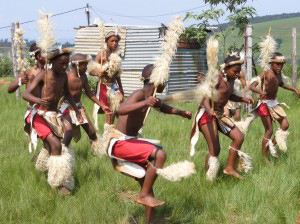
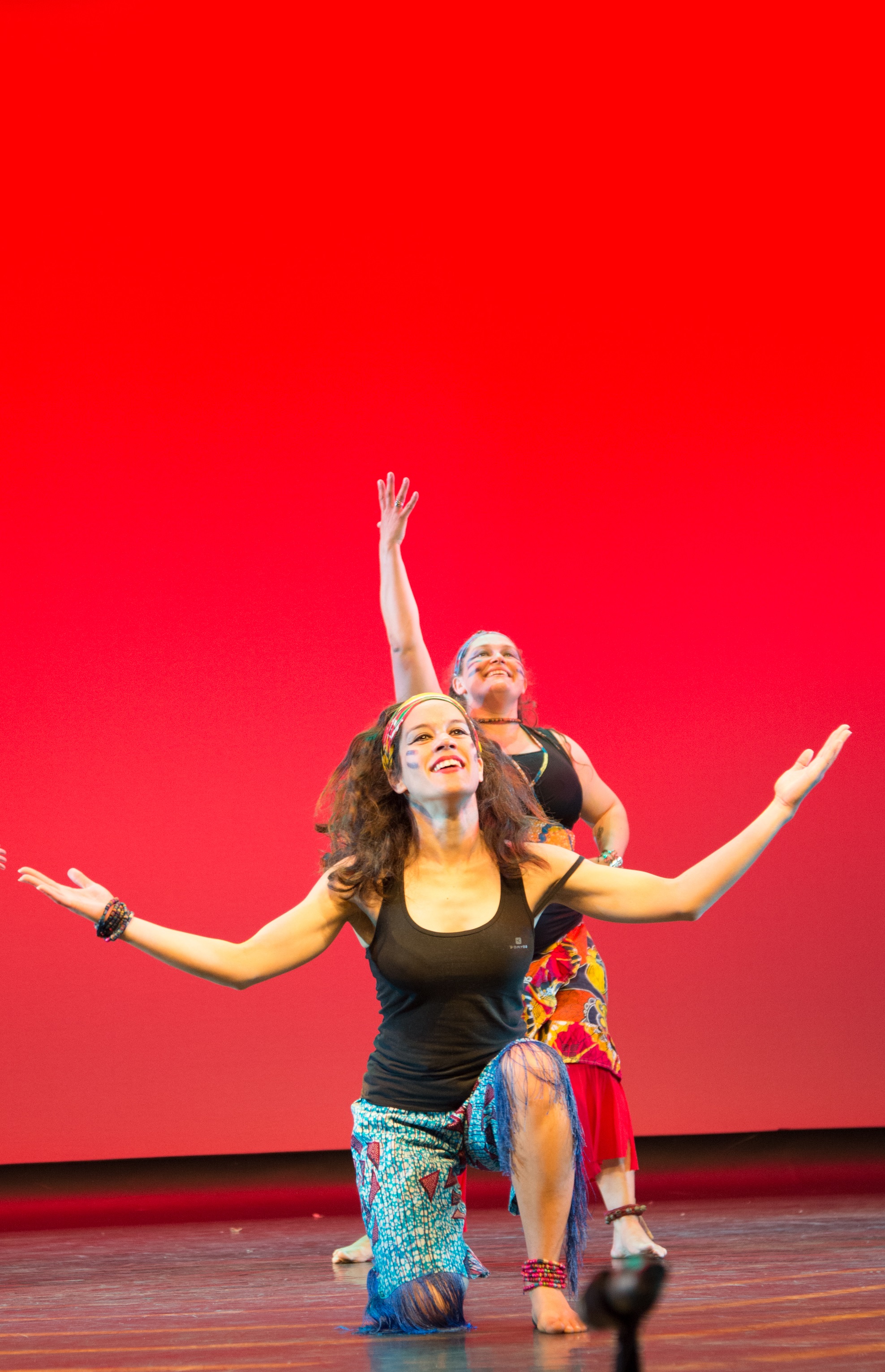
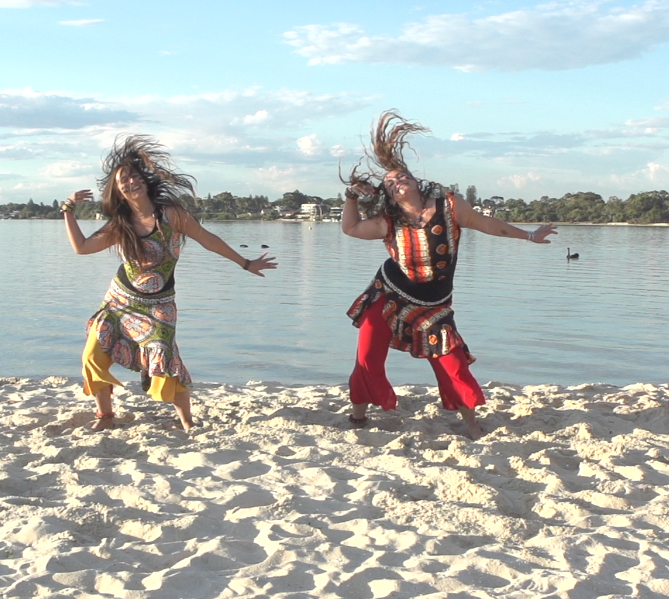
Dance in Africa forms an integral part of everyday life. It is not detached from people's lives. It is a spontaneous release from the people and translates everyday life experiences into movement.
African dance is a form of communication - it demonstrates emotions, beliefs, everyday life activities etc through movement. For example love, hatred, joy, sorrow, courage and fear.
Some dances have particular meanings or stories behind them. For example the harvest dance, courtship dance, marriage dance, dances for puberty, warfare, hunting, birth, death, the rain dance, dance of the sun, etc. Others are named after the drumming rhythm or the instrument (eg. kpanlogo is usually danced to the kpanlogo drum whilst fume fume denotes the sound of the rhythm).
Within the African community everybody dances. Some specific moves or choreographies are for certain members of the clan, for women only or men only or the elderly or the young. Dances often have a particular costume that enhances the movements.
Each country of Africa has many ethnic groups, each of which has a different language, history and tradition. Music and dance reflect these identities so that every tribe in Africa has its own style and interpretations of dances and rhythms.
In recent years, West African dance has begun to be performed out of its original context e.g. in hotels, theatres and national ceremonies. Since then, some West African groups have been influenced by ballet, and many West African countries now have their own national dance ensemble.
Connecting with Earth and Community
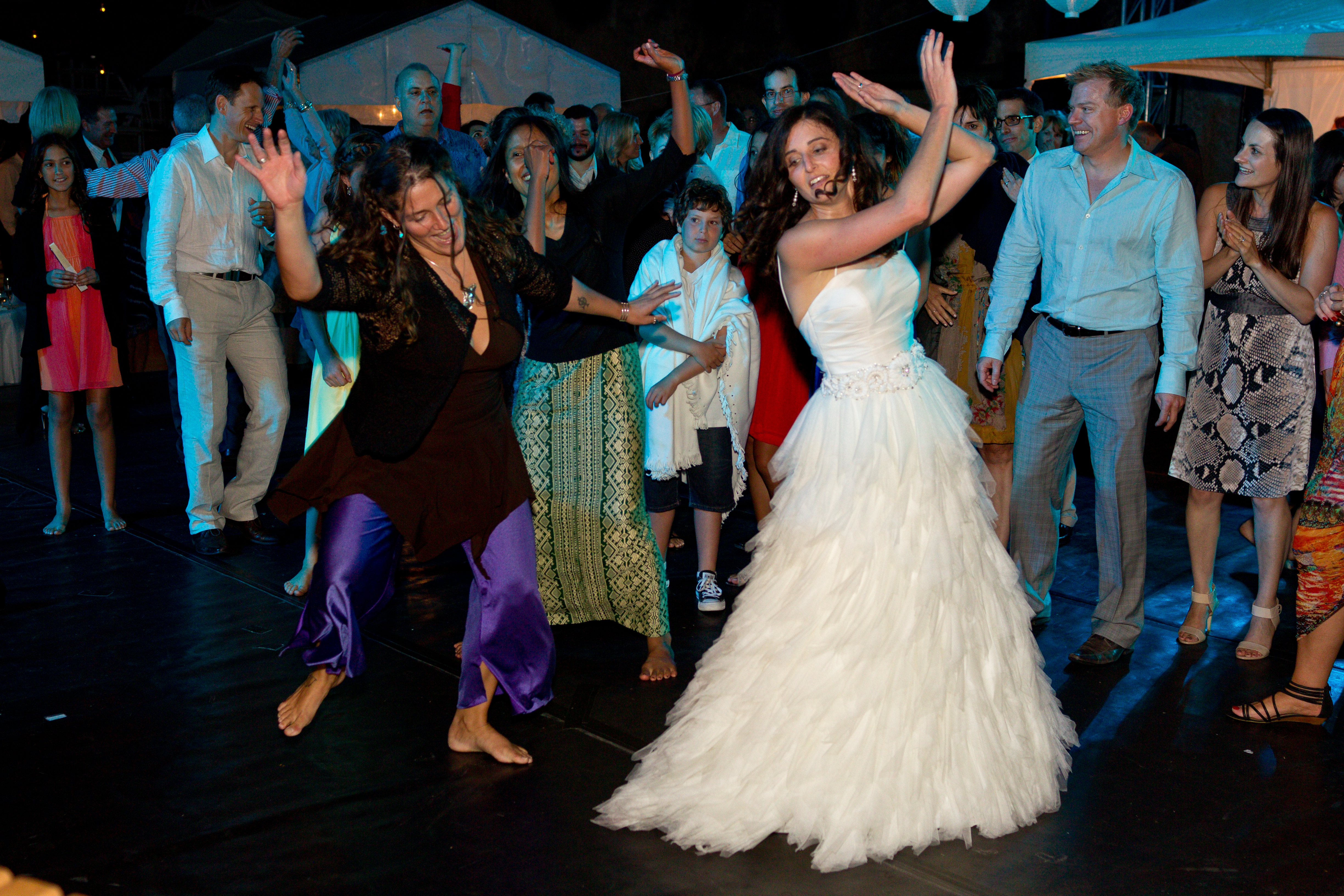
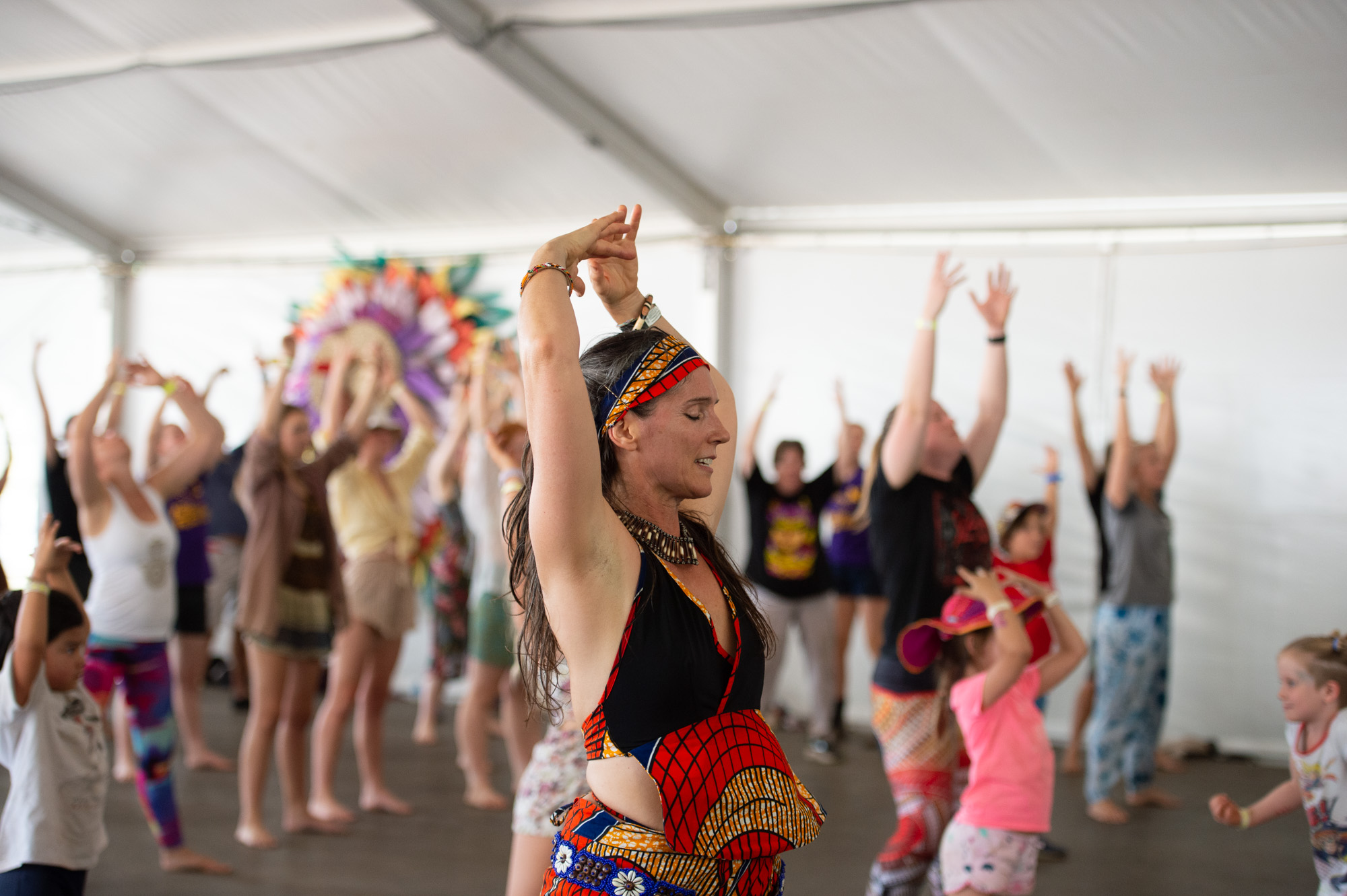
West African dance is very primal and low to the ground, connecting the dancer with the earth, which they believe gives them life. Knees are bent so dancers can get their energy from the ground and leap high without wearing themselves out. African dance forms are strong and vital - ranging from the walk and all its variations, but also leaping, hopping, skipping, jumps, falls of all descriptions and turns al serve to balance the dancer at precarious angles with the ground.
West African dance traditionally involves a group of people dancing to a choreography together, in communication with the drums. The role of performer and audience is interchangeable since both are usually members of the same community. This is why West African dance is a great tool for social cohesion in our modern world and helps connect people together despite their differences.
Roanne feels that West African dance encourages people of all origins and ages to join in the fun - the drums do not care what colour your skin is, nor if you wear nappies or wrinkles...
Drums: the heartbeat of African dance
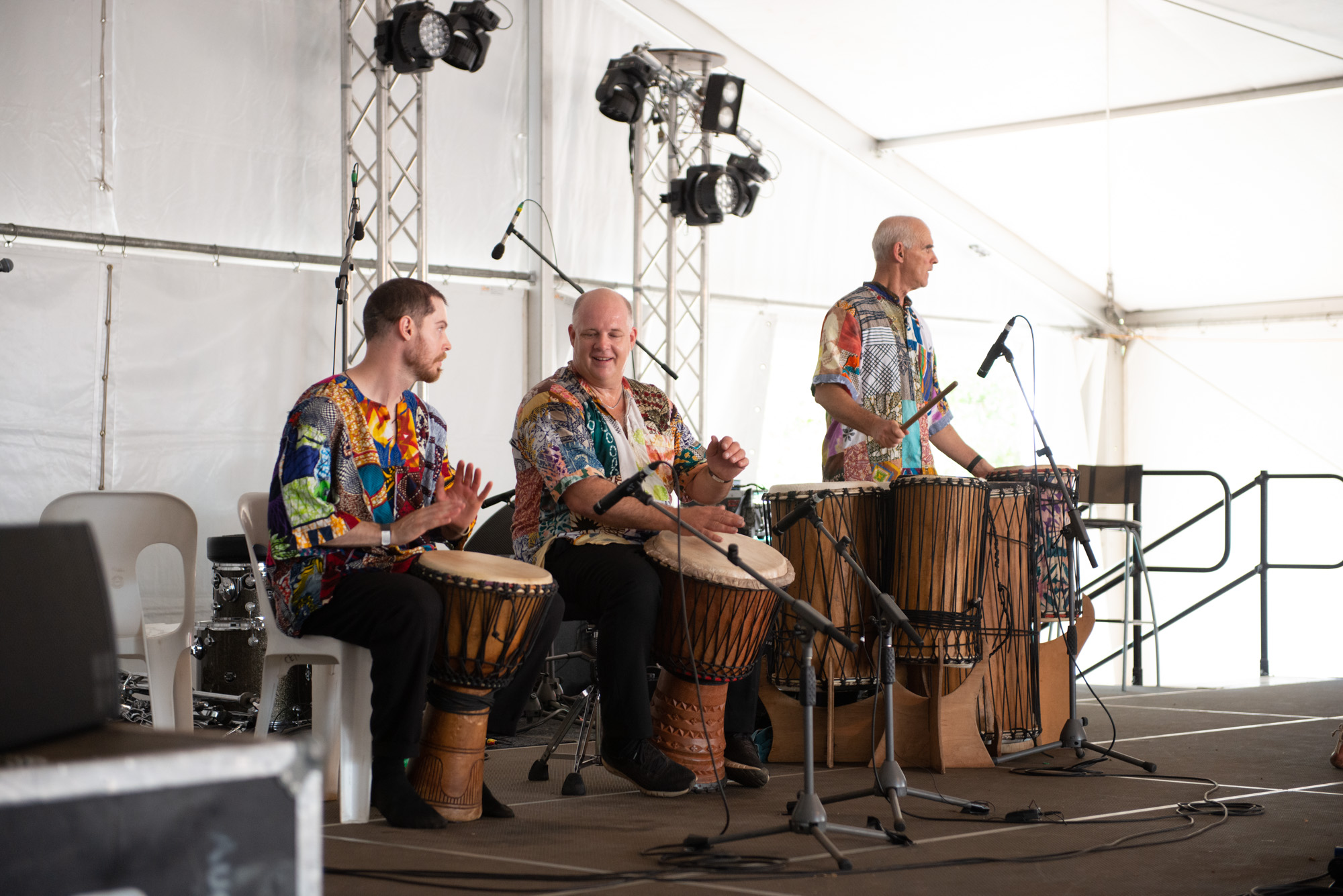
African dance always follows the rhythm of the drumbeat. Unlike contemporary dance or other dance forms that can live without music or be disconnected from the rhythm of the music, African dance cannot exist without the heartbeat of the drums.
In African dance, the drum helps to set the mood, gives energy to the dancers and brings everyone together as a community. The drum talks to the dancers and in the case of solo improvisations, follows the dancers.
This is why Afrotonic classes are conducted as often as possible with live drumming and why learning the drums helps to better understand the rhythms and improve the dancing.
African dancing – the freedom to express yourself
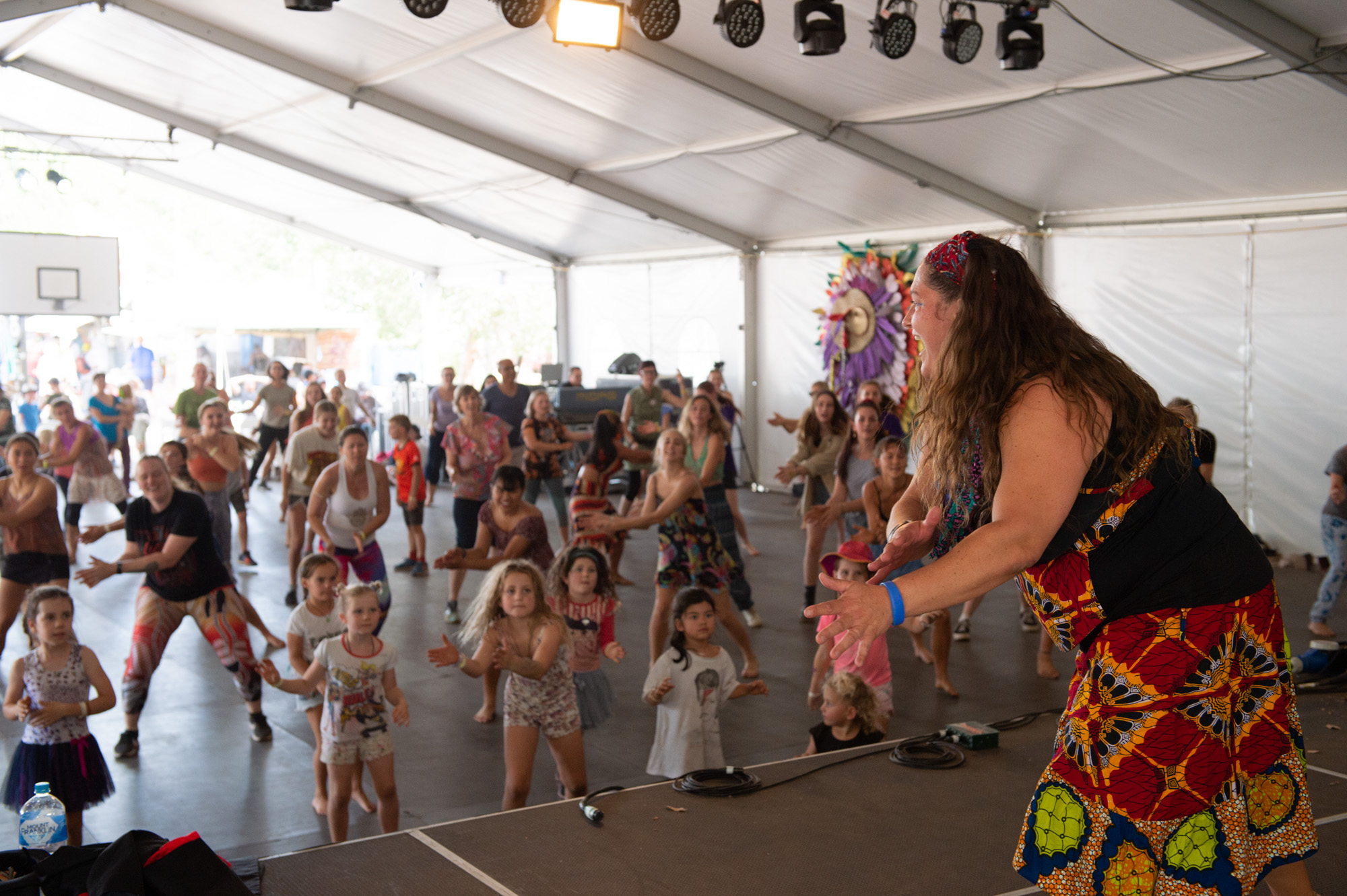
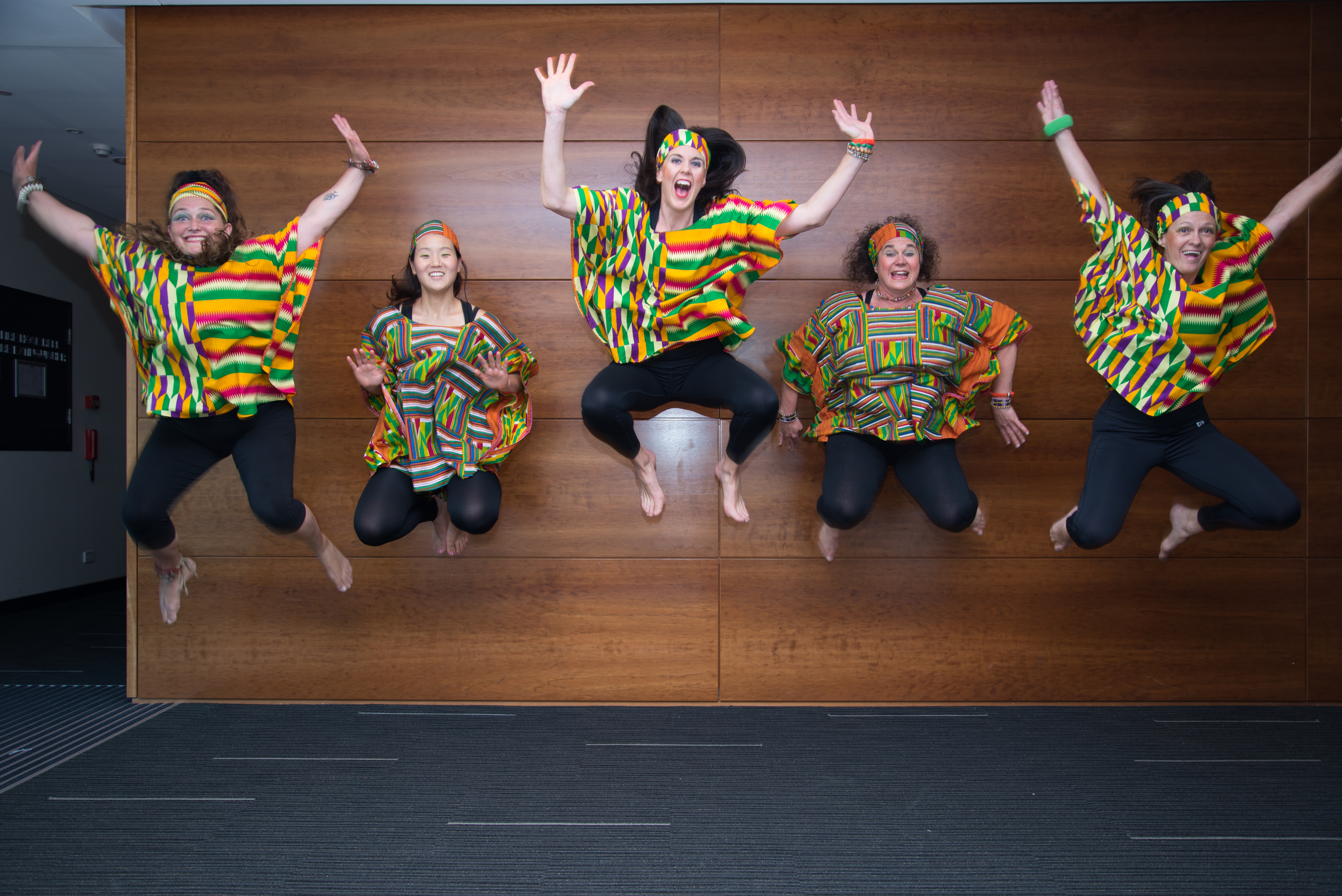
West African dance is no different to jazz or contemporary dance in the sense that the dancer needs to learn a particular technique and practice to become good at it. However, unlike many other dance forms, West African dance leaves room for self expression and enables each individual to follow his own ‘body language’. Every innovation and creation involves a thorough knowledge of technique which can then be ‘forgotten’ in order to allow spontaneous personal variations - West African dance is a perfect example of this.
The essence of real, traditional West African dance is indeed continual creation and solo improvisations are a big part of traditional African dance, enabling each member of the community to express his own life story or feelings through movement.
Everyone can dance to African music. The idea is to feel the music and express yourself. Let yourself go. It’s also an incredible and fun way to have a great body workout!
If you fancy learning the freedom of West African dancing, why not have a go at Afrotonic Classes?!?!
[envira-gallery id="539"]